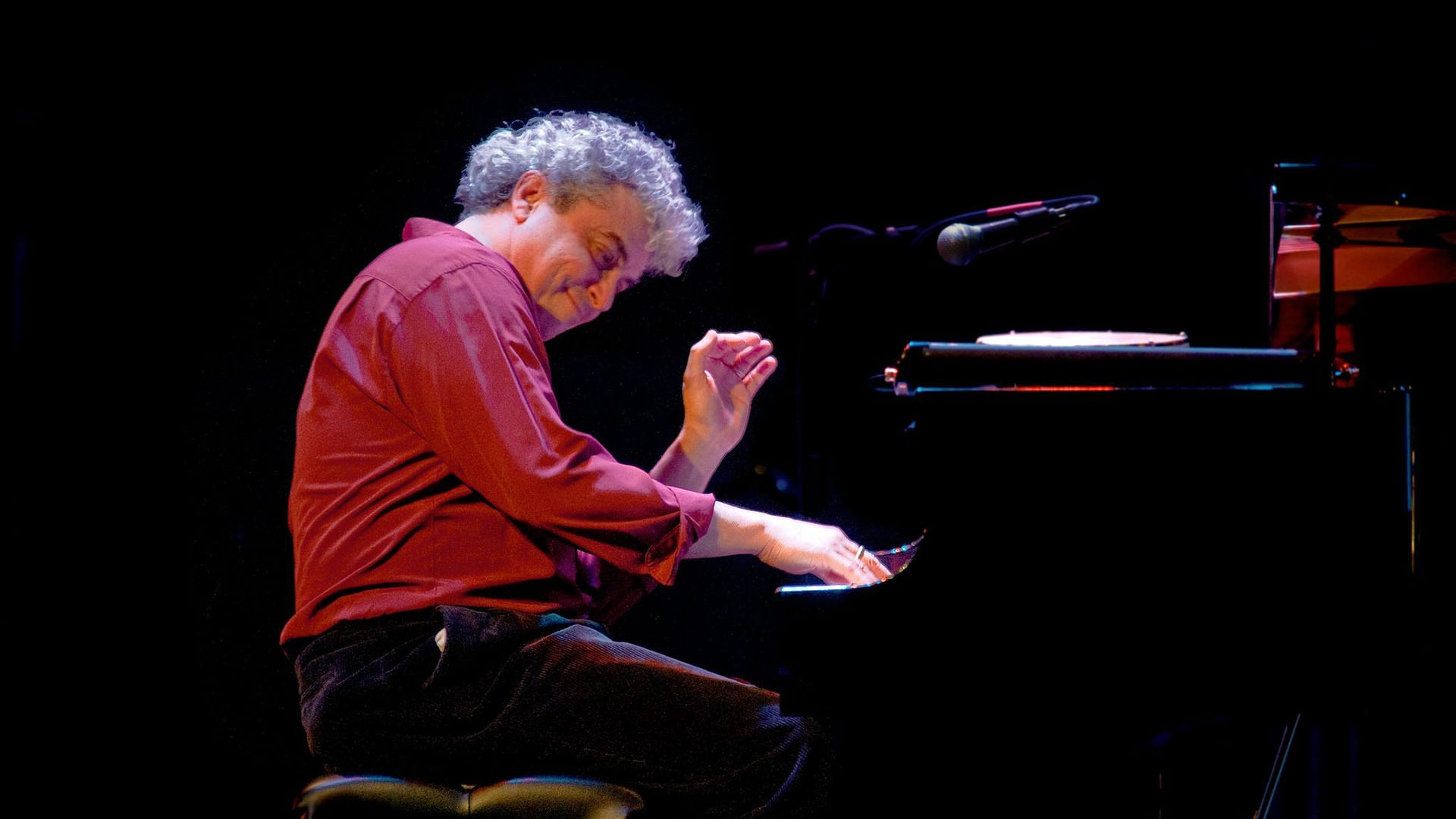
Hayden Hill
Hayden founded PianoGroove in 2015 with the goal of making the world a more musical place. He shares his love for jazz piano through his online courses and manages the community area of PianoGroove.
October 2 · 2020
Ask Question
Live Seminar Resources
Live Seminar Resources
PDF Downloads
- Seminar Handout - Notation & Links
Join PianoGroove Pro to access all downloads and learning resources.
Download theory supplements, midi files, chord changes and full note-for-note transcriptions of every lesson.
Related Lessons
- Inner Voice Movement
- Question & Answer Technique
- Hearing & Resolving Altered Tensions
- Dominant Passing Chords
Forum Threads
Seminar Description
Seminar Description
In this live seminar, Hayden covers 6 techniques for adding creative fills and embellishments to our jazz standard arrangements.
Comments
7 Comments
Leave Comment
Show All Comments






Enjoyed this! Where can I find the PDF?
Thank you Geraldine Russo
Hi Geraldine 👋🏻
Glad you enjoyed the session.
The PDF download and lesson links can be found in the “Popular Stream Questions” in the bottom right of the page.
See the link “Seminar Handout – Notation & Links”
Let me know if I can help further.
Cheers, Hayden
Such an enlightening experience !!! – always excited to learn new things from you and other amazing instructors from Piano Groove. I love re-watching the live sessions. Thanks so much! Hayden 😀
Hello Hayden – thanks for this very useful lesson. Can you please answer a question on naming conventions. Several times in this video , and others, you refer to a note as the 13th , where I would have though it would be the 6th. For example , at 24:00 into the video , in the key of C you play consecutive notes- G , G# , A and refer to them as 5 , sharp 5 and 13. . Why is this A not just referred to as 6? I would have thought the 13th would refer to the A played an octave higher. Thanks, Sam
Hi Sam,
Good question and yes this is quite straight forward to explain… there is just one important rule to remember.
When the 7th is present in the chord, the 6th is then referred to as the 13. It doesn’t matter where the 13 is placed in the chord, if the 7th is present, the 6th will always be referred to as the 13th as it is an extension which adds a more complex sound to the chord when the 7th is present.
For a chord to be a dominant chord, it must contain the major 3rd and b7th, and so if the 6/13 is present, it will always be a dominant 13th chord. It’s impossible to have a dominant 7th chord without the 7th.
For minor chords, we can play a minor 6 chord which in its simplest form is root, 3rd and 6th. However, if we played a minor 7th chord which in its simplest form is root, 3rd and 7th and then added the 6/13 into the chord, it would be a minor 13th chord.
The exact same logic applies to major chords and the difference between a major 6 chord and a major 13 chord.
There is one type of voicings used a lot in jazz which is the 6/9 chord, this includes the 6th and the 9th, but not the b7th. for example C69 would be C-E-G-A-D and C-69 would be C-Eb-G-A-D. This is a very nice chord to end a tune on.
I explain more on the difference between the 6th and the 13th here in the forum: https://www.pianogroove.com/community/t/naming-jazz-chord-extensions/942
I hope that helps Sam and let me know if you have any further questions.
Cheers, Hayden
OK Hayden – thanks for the explanation.
My pleasure Sam.
Ultimately the 6 and the 13 are the same note enharmonically, and they produces the exact same sound, but when both the 7th and the 6th are present it creates more tension and colour, and this is the main distinction.
It can be a little confusing to start but it will all make sense with time.
Have a read over the forum thread above and that should give you some additional insights.
Cheers, Hayden